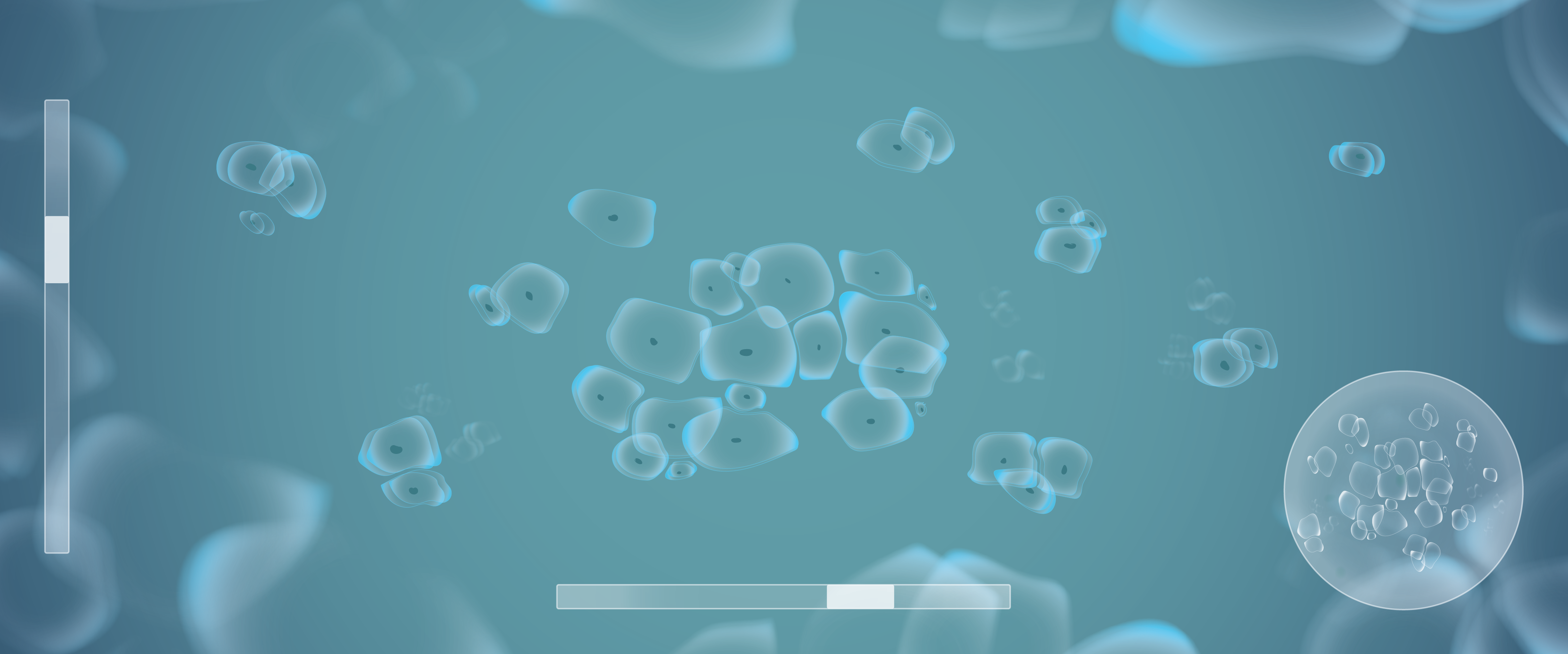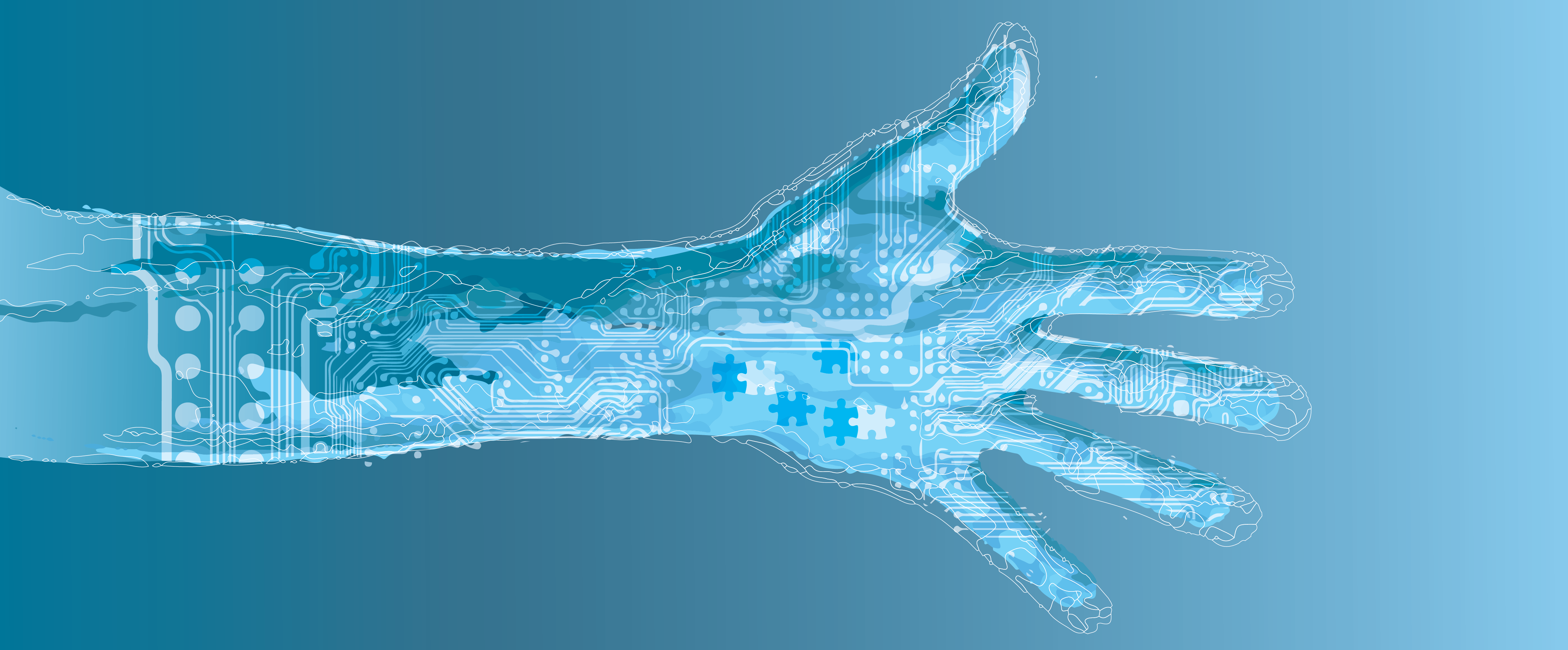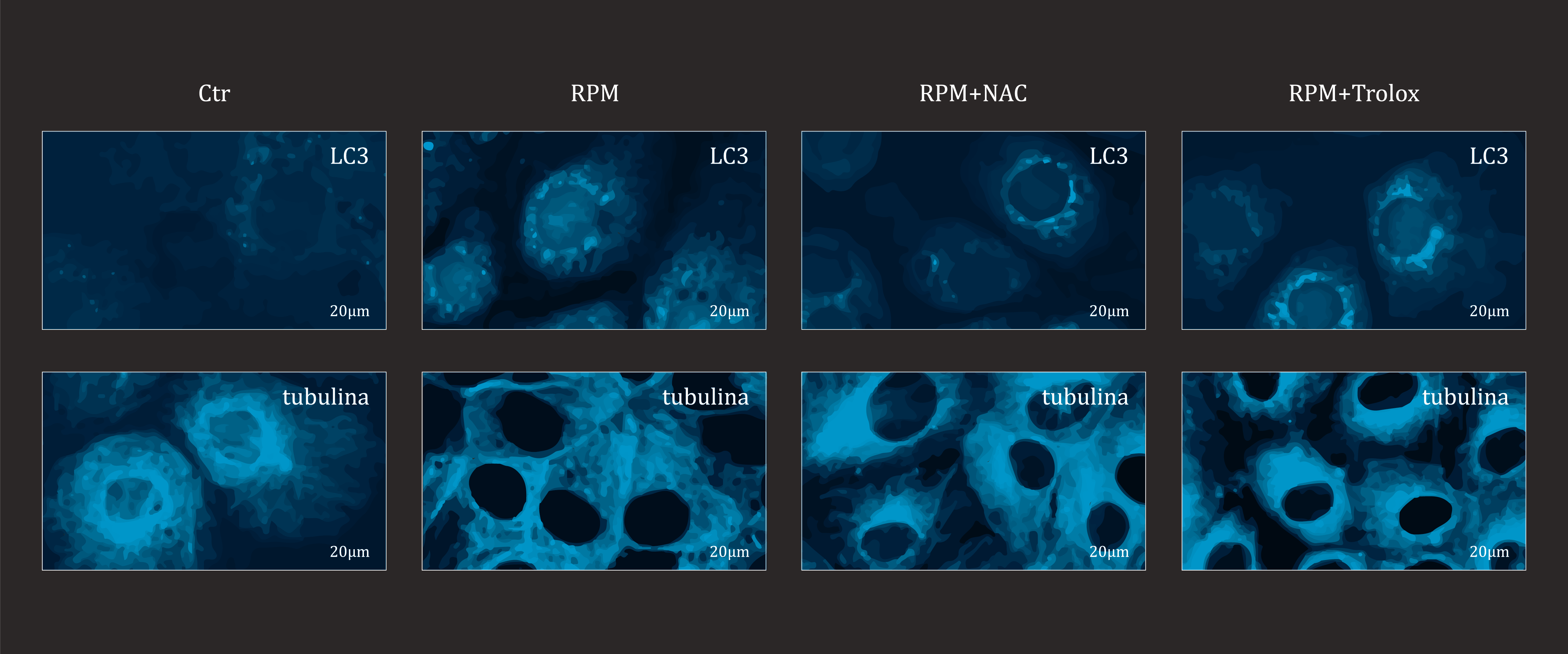Research & Development
In the strategic innovation plan of Project Consulting, the key sectors on which the company intends to propose are based on Data Mining and Machine Learning technologies, with a specific focus on the areas of life sciences, safety and structural monitoring. The company started investing in the Artificial Intelligence sector, considerably expanding its Research & Development structure, which had been collaborating with various research bodies in the field of funded projects since 2010. PJC has developed specific skills on the main existing Machine Learning technologies (both proprietary and open source), has carried out comparative analyzes between the semantic and Bayesian approaches and has analyzed criteria and methods with which this innovative technological field can bring value to the scientific research.As a result of this investment, the current portfolio of PJC solutions includes the following solutions.
AIVA (Artificial Intelligence for Video Analysis) includes the best basic features of the Artificial Intelligence algorithms for video analysis. The composite management of these skills, driven by a great mastery of Data Science techniques, allows us to build ability to recognize complex situations, actions, mutual correlation between objects and people, flows.
SPHERA (Systems Prediction and Health Rate Analisys) is the Artificial Intelligence solution proposed by Project Consulting for predictive maintenance and optimization of data center hardware resources. SPHERA uses current monitoring systems to collect data from agents and sensors located in the data center.

AIDA-SHM (Arificial Intelligence Data Analyser – Structural Health Monitoring) – The data science approach is the basis of the AIDA-SHM IoT solution. Multimodal and multimedia data from a region of interest are collected, integrated, analyzed with Artificial Intelligence techniques for continuous monitoring, interpretation and forecasting.

PAMINA (Piattaforma per l’Analisi Multimediale Integrata nelle Neuroscienze Applicate) (Platform for Integrated Multimedia Analysis in Applied Neurosciences) is the solution to collect, integrate, process, manage and present data and metadata generated in a modern neuroimaging laboratory according to an innovative interaction model, which guarantees organizational flexibility, offering in a the only solution is the use of technology in the most productive way.è la soluzione per raccogliere, integrare, elaborare, gestire e presentare dati e metadati generati in un moderno laboratorio di neuroimmagini secondo un modello di interazione innovativo, che garantisce flessibilità organizzativa, offrendo in un’unica soluzione l’uso della tecnologia nel modo più produttivo.

Ongoing Research Projects
Currently, the Research & Development team is engaged in scientific research projects listed below, in collaboration with research institutions and university departments.
ECxAI – Edge Computing for Artificial Intelligence
Edge Computing is an open and distributed IT architecture with decentralized processing power, designed for mobile computing and Internet of Things (IoT) technologies. In Edge Computing the data (or part of it) is processed by the device itself or by a local computer or server, instead of being transmitted to the data center. The main benefits deriving from the use of Edge Computing technologies are the reduction of the processing latency, which allows real-time responses, and the bandwidth savings obtained by efficiently processing large volumes of data near the origin, sending information already processed and therefore of a smaller size at the data center. The ability to process data locally, without transferring it to the public cloud, also adds a level of security, very useful in the case of sensitive data. PJC’s applied research project aims at the design of Edge Computing architectures that implement AI algorithms designed to provide information in real time mode but with the power of “central” processing.

AIDA-SHM – Artificial Intelligence Data Analyser – Structural Health Monitoring
AIDA-SHM is an artificial intelligence software solution for monitoring the structural integrity of bridges and viaducts, and in general of all reinforced concrete infrastructures. The highly innovative elements of AIDA-SHM are: 1) use of the passive acoustic emission technique; 2) analysis of the acoustic signal and all other parameters through an automatic learning engine (Artificial Intelligence – AI); 3) connection of the sensors through a satellite IoT network.

Augmented It Governance
“The first AI users who combine strong digital capability with proactive strategies have higher profit margins …” (McKinsey Global Institute). The AUIGO research project is testing the most suitable mathematical models for the application of machine learning techniques to IT Governance, so that Top Management can have not only dashboards based on AS IS, but also perspective views, capable of dynamically represent future scenarios.

CCI – Cancer Cell Investigation
The CCI research project deals with the analysis of images from cell culture microscopy. The main objective is to apply Artificial Intelligence techniques (in particular deep learning algorithms) in order to support the doctor / biologist in the diagnosis and quantitative assessment phase of particular pathological conditions. The project is at an advanced stage and is close to producing the CCI 1.0 release of the PJC solution for the detection of cancer cells of the uterine cervix, through automatic analysis of pap-test slides. The research is carried out in collaboration with the Department of Experimental Medicine of the Vanvitelli University of Naples (Prof. Giulia Ricci).

NBP- NeuroBrain Platform
“Development and implementation of a collaborative platform for neuroimaging advanced methods”
The project aims to create a multimodal platform for the neuroimaging analysis, obtained by MRI. The platform will include quantitative data processing routines, also implemented using AI techniques. Researchers will be able to use support tools for multicentre collaboration to studies on the characterization of microstructural damage and decay of brain functions, usually associated with neurological diseases. Looking ahead, these tools will contribute to the development of a personalized medicine approach. The creation of an extremely intuitive interface is also planned, which will allow researchers to easily use the platform.
The project is funded by the Lazio Region as part of the “Strategic Projects” call with contribution A0320-2019-28189.
Project partners:
Project Consulting Srl
Sapienza Università di Roma – Dipartimento di Fisica,
Istituto Superiore di Sanità,
Centro Ricerche Enrico Fermi.
Project Total Budget: € 379.831,63
Regional funding: € 251.614,80


BIANCA
The BIANCA (Breast Intelligent Analysis for CAncer) research project aims to identify, validate and fine-tune the most effective Machine Learning algorithms applied to breast cancer for the classification of biological tissues from mammographic images. Masses due to benign breast diseases and breast tumors have significantly different shapes on mammograms. In general, malignant tumors appear with rough, spiky and complex outlines, while benign masses have smooth, rounded or oval outlines. In addition, breast cancer tissues show architectural distortions and abnormalities in tissue texture. The analysis using artificial intelligence algorithms can be used to perform the classification of patterns of breast masses and tumors, trying to find a possible correlation between sentinel symptoms (for example microcalcifications) and parenchyma, thus improving diagnostic accuracy. The research, born from the collaboration with the Department of Radiological, Oncological and Anatomo-Pathological Sciences of the La Sapienza University of Rome, recently expanded with the collaboration of the DIETI dell’Università di Napoli Federico II, it is based on the work of a team of data science experts, functional analysts and bioengineering.

HPC platform for wearable applications
The objective of this research project is to develop a wearable device with the following features:
- Sensing: the device must be able to collect one or more physiological parameters.
- Data processing: the device must be able to process locally the collected data, even in the case of a large quantity of constantly updated data.
- Wireless communication: the device must be able to wirelessly transmit the relevant clinical information extracted from physiological data.
PJC’s research is related to the application of Artificial Intelligence technologies relating to point 2. The research project is funded under the Eurolab4HPC TTP Proposal of the European Community and is carried out in collaboration with the Department of Engineering and Innovation of the University of Salento.

Completed research projects
SHAPE
A NEW THEORETICAL FRAMEWORK OF THE MICROGRAVITY-CELL INTERACTION

Among the completed research projects (2014-2018) of particular importance was the SHAPE project, winner of Italian Space Agency’s biomedicine call, issued in 2012. Classified first, PJC lead the Shape – A NEW THEORETICAL FRAMEWORK OF THE MICROGRAVITY-CELL INTERACTION” project as Prime Contractor. This research project, based on the concept of System Biology, aims to define a theoretical model able to explain the interaction between the gravitational field and living organisms.
The SHAPE project aims to answer a series of relevant questions for the purpose of human space exploration, so far not adequately investigated. In particular, the following aspects are addressed:
-
Define the theoretical model able to explain the interaction between the gravitational field and living organisms. The theoretical framework of this relationship is not only a prerequisite for the development of Space Biomedicine and Exobiology, but it is sensitive to produce important effects on the study of Biology and Medicine, as far as it allows us to reconsider in its foundations the played role played by the physical constraints in the control of the complex living systems processes and vital functions.
-
Investigate to what extent the caused effect by microgravity on living structures is dose-dependent and within what time limits can be defined reversible.
-
Improve the experimental model and the scientific methodology related to the study of microgravity. In particular, we propose to validate a new experimental protocol for the study of 3D gravitational effects. This aspect is essential since the control and phenotypic determination of cell and tissue evolution depend not only on the cell itself, but also and especially on the interactions with the stroma and the surrounding micro-environment structures. This cross-talk between cell and micro-environment in three dimensions has so far never been investigated in the specific conditions represented by microgravity
Preliminary data suggest that microgravity weakens (reduced stiffness) the interactions between cells and substrate. Since these interactions are largely modulated by the integrins class (proteins that modulate the cell shape (“SHAPE”) and anchor it to the stroma), and considering that their integrity is ensured by a heterogeneous class of molecules (melatonin, procyanidins, epigallocatechins etc ..), we propose that, in the context of countermeasures, these substances are preliminarily tested to assess to what extent they can counter the effects induced by the gravity reduction.
The research partners were ISS (National Institute of Health), INFN (National Institute of Nuclear Physics), the University of Chieti and Pescara, the University of Campania – Luigi Vanvitelli and the University of Tor Vergata.


